Hip Fracture: “The Last Fracture of Life” — Managing the 75% Complication Risk That Defines Survival

Meta Description: Hip fractures in the elderly are not just orthopedic injuries — they are systemic emergencies. Learn about postoperative complication management, prevention bundles, and treatment strategies that can reduce mortality and improve recovery outcomes. Why Hip Fractures Are Called “The Last Fracture of Life” A hip fracture in older adults is not a bone […]
When Surgical Instruments Fall: The Unspoken Emergency Every OR Must Master
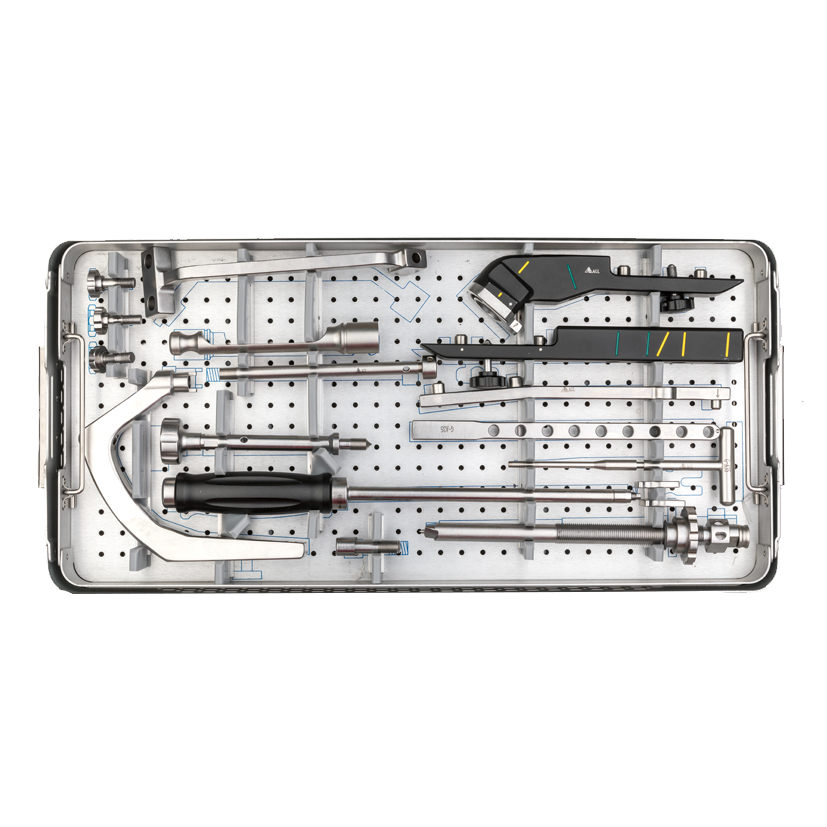
Meta Description: Discover the standard protocol and evidence-based approach to handling dropped surgical instruments during orthopedic operations. Learn the correct IUSS sterilization process, risk control, and decision-making strategies to maintain absolute aseptic integrity and patient safety. When Precision Meets Chaos — The Reality Behind a Dropped Instrument It’s the sound no surgeon wants to hear: […]
Diagnosis and Surgical Management of Peroneal Tendon Subluxation with Anterior Talofibular Ligament (ATFL) Injury

Meta Description: This article explores the diagnosis and treatment of peroneal tendon subluxation with ATFL tear, including detailed surgical techniques such as peroneal groove deepening, SPR repair, and modified Broström-Gould reconstruction, following the latest SCARE 2023 guidelines. Understanding the Pathophysiology Among the most frequent orthopedic emergencies, ankle injuries remain a diagnostic challenge. Peroneal tendon subluxation, […]
Tibial Plateau Fracture Weight-Bearing Timing: Evidence-Based Rules That Stop Guesswork

Meta Description (155 chars): Clear, evidence-based guide to tibial plateau fracture weight-bearing timing—conservative vs ORIF, criteria, risks, and staged rehab that actually works. Tibial Plateau Fracture Weight-Bearing Timing: The Evidence You Can Use Tomorrow When it comes to tibial plateau fracture weight-bearing timing, guesswork is costly. Too early and you risk collapse; too late and […]
🦵 When to Start Weight-Bearing After Tibial Plateau Fracture Surgery: The Evidence-Based Answer
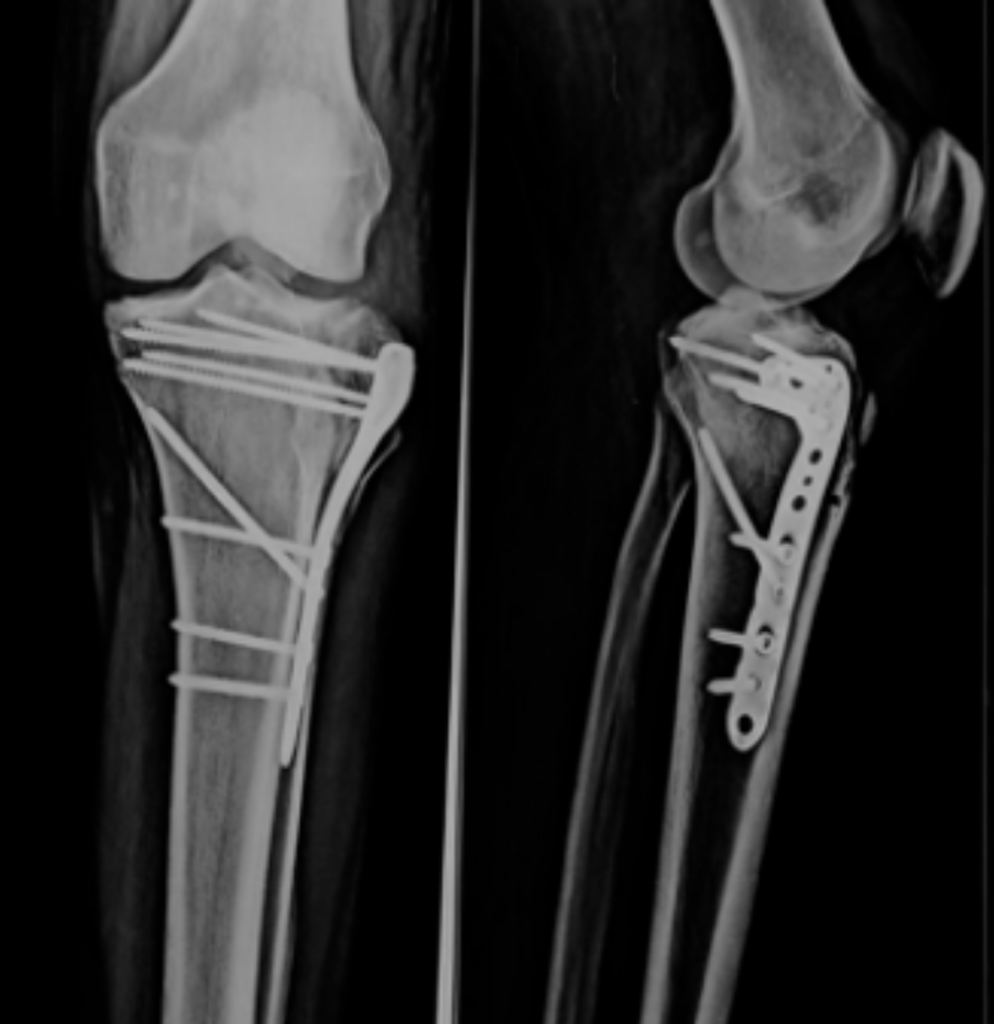
Meta Description:When should patients begin weight-bearing after tibial plateau fracture surgery? Learn how modern fixation techniques and individualized rehabilitation protocols have redefined recovery timelines. Understanding the Challenge Tibial plateau fractures represent one of the most complex injuries around the knee joint. They not only disrupt the articular surface but often involve soft tissue, meniscal, and […]
Probability of Radial Nerve Recovery After Humeral Fracture Surgery: A Bayesian Insight
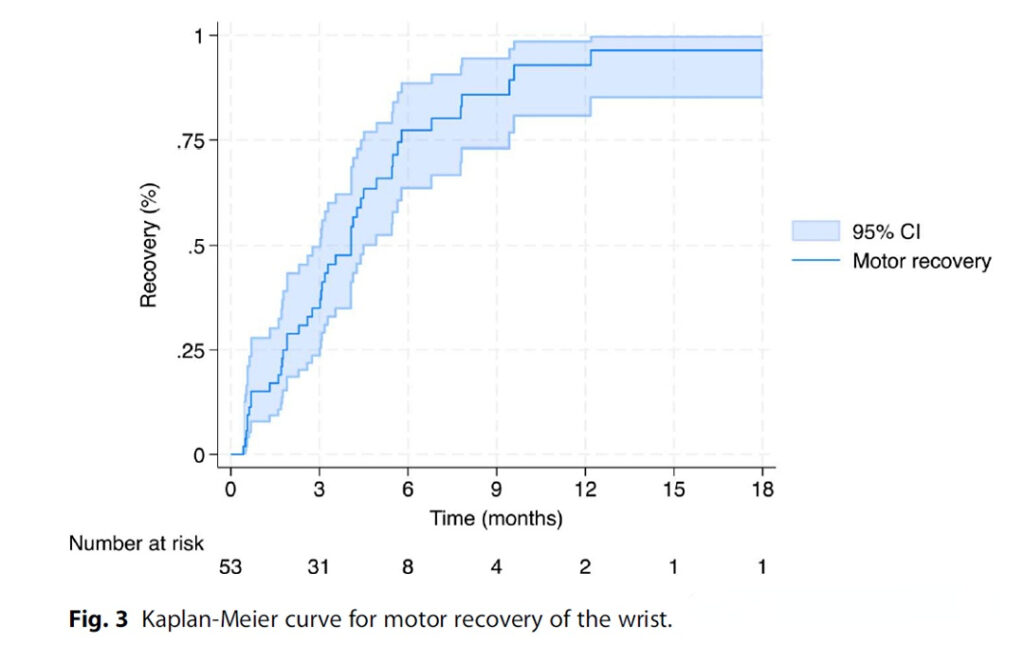
Meta Description: Discover the real-world probability of radial nerve recovery after humeral shaft fracture surgery. Learn how Bayesian analysis reveals recovery timelines, influencing surgical decision-making and patient communication. Understanding Radial Nerve Injury in Humeral Fractures Radial nerve palsy is one of the most concerning complications following humeral shaft fracture surgery. For decades, surgeons have debated […]
How to Insert Thoracolumbar Pedicle Screws? Let AO Principles Guide You

Meta Title: Thoracolumbar Pedicle Screw Insertion Guide – Step-by-Step AO Technique Meta Description: Learn how to insert thoracolumbar pedicle screws accurately and safely with this AO-based 7-step guide. Covers entry point location, angle control, and intraoperative risks. Why Pedicle Screw Insertion Matters in Spine Surgery Pedicle screw fixation is the cornerstone of spinal surgery for […]
Galeazzi Fractures: Step-by-Step Treatment Algorithm for Optimal Outcomes
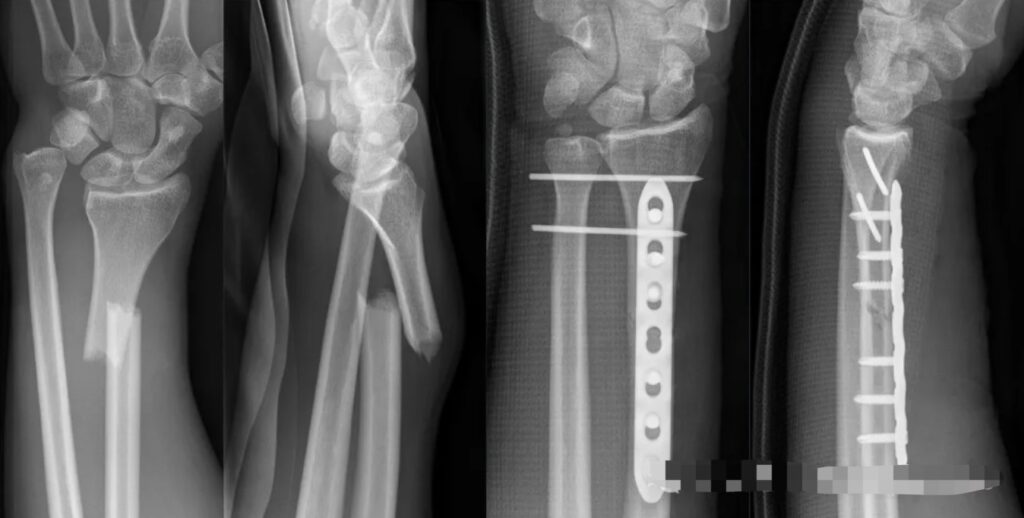
Galeazzi fractures, characterized by a fracture of the radial shaft with disruption of the distal radioulnar joint (DRUJ), are notoriously unstable injuries that demand precise surgical management. Without proper treatment, these fractures can result in chronic instability, pain, and functional impairment. This article provides a comprehensive treatment algorithm that ensures anatomic reduction, DRUJ stability, and […]
Distal Humeral Fractures: Intramedullary Nail vs Plate Fixation – Mechanics, Techniques, and Complications
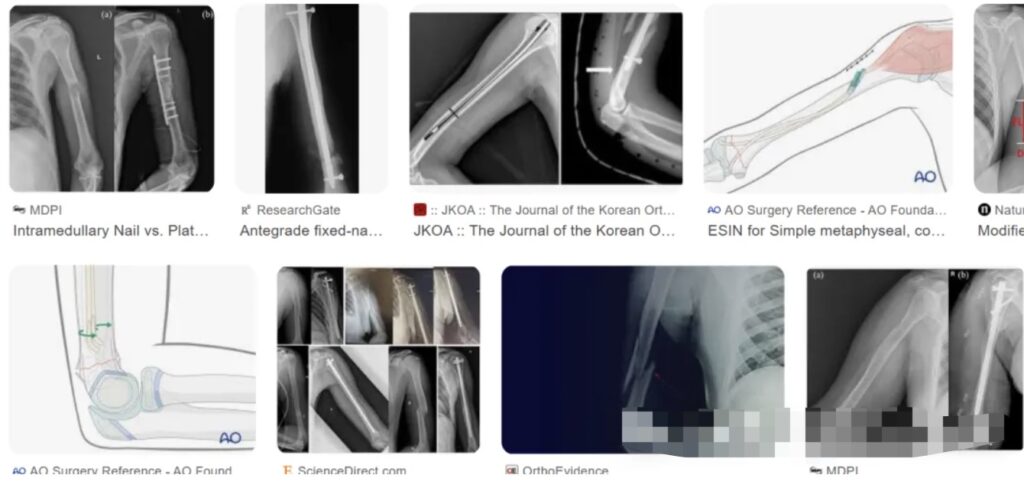
Distal humeral fractures represent a unique challenge in orthopedic trauma surgery. While less common than fractures of the humeral shaft or proximal humerus, their complex anatomy, variable fracture patterns, and propensity for complications demand a tailored approach. The debate between intramedullary nailing (IMN) and plate fixation (ORIF) continues to evolve, with both methods offering distinct […]
Exploring Advanced Techniques and Challenges in Orthopedic Trauma Surgery

Orthopedic trauma surgery is a constantly evolving field, where precision, innovation, and a deep understanding of biomechanics and biology are essential for success. From helical plates to minimally invasive osteosynthesis (MIO), this article delves into cutting-edge techniques, challenges, and solutions for fracture fixation. Whether you’re addressing implant fatigue, trochanteric fractures, or surgical invasiveness, these insights […]

